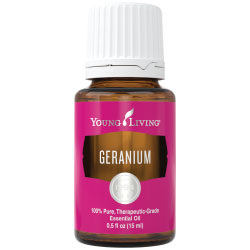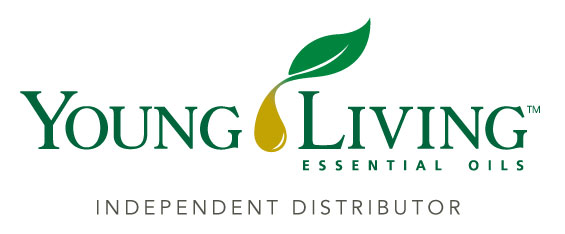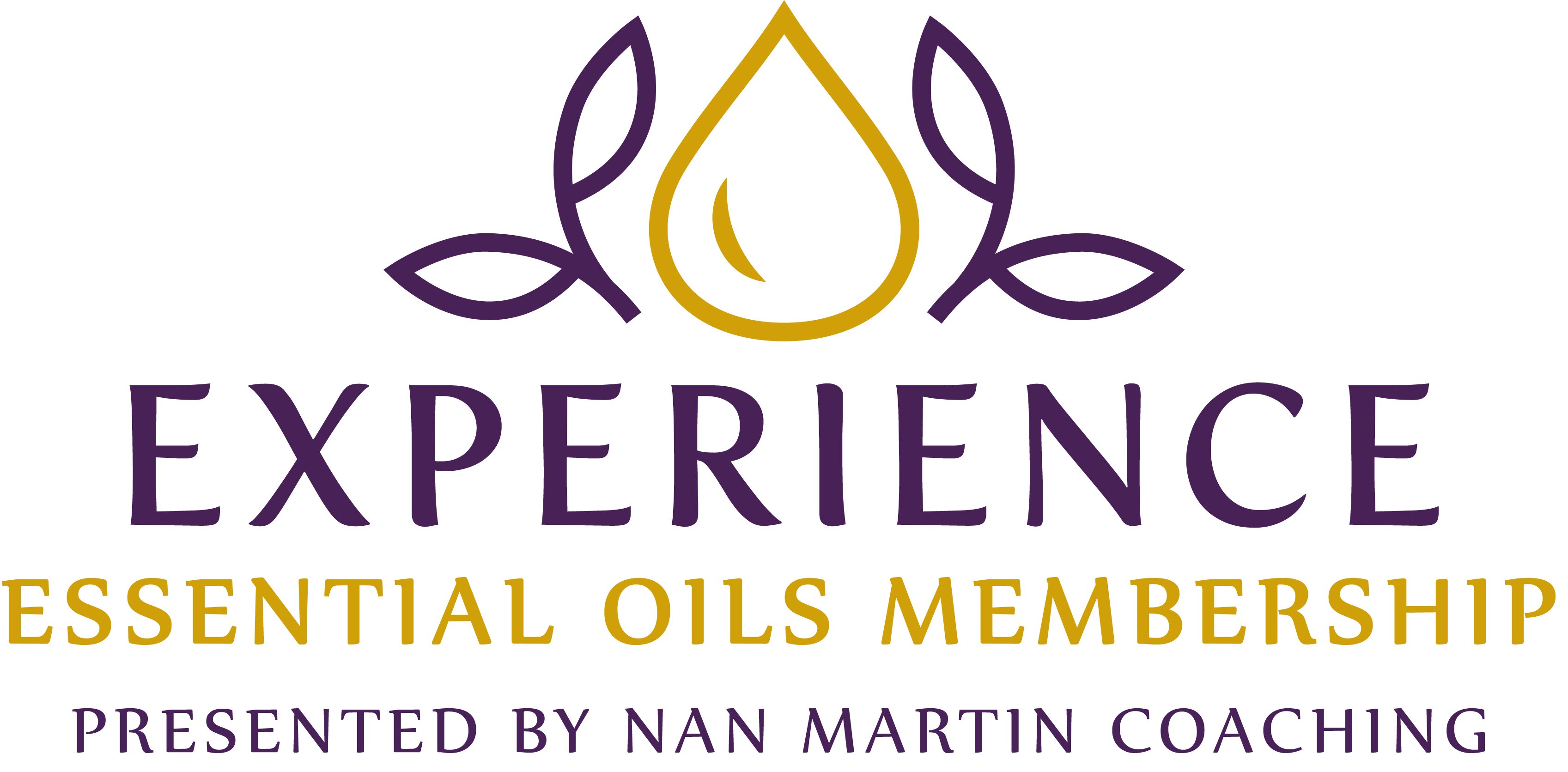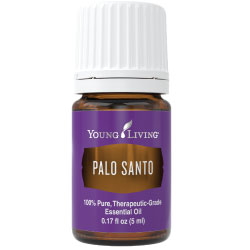Dr. Nan's 5-year mission & dream of becoming a doctor (DC) and attaining certification in animal chiropractic is completed! The journey continues!
Much will need to be re-worked and that will take time. For now, please follow Dr. Nan Animal Wellness on FB and Instagram! Thank you! 💜
The Chemistry of Essential Oil
Reveals Aromatherapy as a True Science!
The Chemistry of Essential Oil is a fascinating subject for me as I have always been a science buff.
But for those who don't love chemistry, I will show you why it will be worth learning a little bit or at least having an understanding! This particularly holds true if you are interested in blending or mixing essential oils.
Why should I Learn Essential Oils Chemistry?
Here are my top reasons for teaching you essential oils chemistry!
- It is the chemistry of essential oil that helps indicate if your essential oils if adulterated or contains solvents. Therapeutic grade essential oils don't contain propylene glycol or petrochemicals. AFNOR standards for essential oils are solely based on the chemistry of the essential oil.
- Chemistry analysis will show you if a plant has a Chemotype.
- The individual chemical constituents can identify the medicinal properties of the oil.
- If you are interested in blending or mixing essential oils than you will also want to have some knowledge of this section!
What are the Main Groups of Compounds in Essential Oils?
There are two main groups of essential oil constituents that define the chemistry of essential oil. They are hydrocarbons and oxygenated compounds. These are further subdivided into sub-groups that are listed below.
Monoterpenes – are present in almost all essential oils. Monoterpenes also enhance the therapeutic values of other components and are the balancing portion of the oil. They all contain the functional group C10H16.
What Essential oils that have a High Percentage of Monoterpenes?
Grapefruit, Orange, and Balsam Fir contain high amounts of monoterpenes.
Sesquiterpenes – Are present in almost all essential oils. The chemistry of essential oils tells us that they are the largest group of terpenes known naturally in the plant and animal kingdom!
They are larger than monoterpenes and are very viscous (less volatile) so they are often used as fixatives in the perfume industry. Viscous oils have a longer half-life and blend well with lighter, more volatile oils.
What Essential oils that have a High Percentage of Sesquiterpenes?
Cedarwood, Sandalwood and Myrrh contain high amounts of sesquiterpenes.
Phenolics – Clean receptor sites of cells. They typically have a high level of oxygenating molecules.
What Essential oils that have a High Percentage of Phenolics?
Examples of essential oils that have a high amount of phenols are Wintergreen, Clove and Melaleuca alternifolia (Tea Tree).
Alcohols – have a high resistance to oxidation.

What Essential oils that have a High Percentage of Alcohols?
Essential oils that have a high amount of alcohols are Rosewood, Geranium and Rose Otto.
Esters – result from the reaction of an alcohol with an acid. They are the most relaxing, calming and balancing of all the essential oil constituents.
What Essential oils that have a High Percentage of Esters?
Bergamot, Valerian and Roman Chamomile have high amounts of esters.
Aldehydes – are responsible for all the delightful fragrance of essential oils! They are calming to the nervous system. They are best known to relieve stress and promote relaxation.
What Essential oils that have a High Percentage of Aldehydes? Cinnamon Bark, and Lemongrass have a high amount of aldehydes.
Ketones – are not as prevalent as monoterpenes and alcohols. They have distinctive fragrances and are calming and sedative. They also support cell regeneration.
What Essential oils that have a High Percentage of Ketones? Western Red Cedar, Idaho Tansy and Rosemary have a high amount of ketones.
Oxides – are derived from other compounds such as alcohols, terpenes or ketones which have been oxidized. They are can be mildly stimulating. 1,8-cineol or eucalyptol is the most prevalent member of the oxide family and it is many plants!
What Essential oils that have a High Percentage of Oxides? Ravensara, Rosemary CT cineole and Eucalyptus species ave a high amount of oxide.
Experience Chemistry of Essential Oil Continued
Are there any other Classes of Compounds in Essential Oils?
There are other classes of compounds that are not discussed here but essential oils can contain small amounts of them. They are not the dominant classes; they are usually 20% or less. These are: Alkanes, Ethers, Carboxylic Acids, Lactones, Coumarins and Furanoids.
And most of these sub-groups can be broken down further into specific compounds. From there you can really see the total chemistry profile of the essential oil. And honestly it is quite interesting to look at!
Can you give an Example of an Essential Oil Chemistry Profile?
Yes, for example, one of the benefits of grapefruit is that it contains 86-92% d-limonene! D-limonene is a highly regarded antioxidant qualitites when taken internally as a dietary supplement, and is a monoterpene.
Grapefruit contains 90-95% monoterpenes, 3-8% Tetraterpenes, 1-3% Aldehydes, and less than 3% Furanocoumarins, Sesquiterpenones, Alcohols and Thiols.
So as we can see from the chemistry of essential oil that Grapefruit is a detoxifier, has cleansing properties because it is a mostly made of monoterpenes!
Even though I only provided an overview of the chemistry of essential oil, I hope you can see now how it connects to knowing more about your oil.
From the viscosity, volatility and medicinal properties, the chemistry profile can tell you a lot about the plant and your oil. Always consider the safety of essential oils as well.
David Stewart's book The Chemistry of Essential Oils (Made Simple) is a fantastic reference for you to have on hand. It will teach you chemistry simply and all the profiles and common and scientific names of your plants are contained in there as well. I highly recommend the book!
Want to Purchase Therapeutic Grade Essential Oils?
Visit the Oil Shop!
Return from Chemistry of Essential Oil to Oil Facts
Keep this Site FREE and THRIVING!
Donations Appreciated!
It's REVISED and PART of the EEO Membership!
Using Essential Oils for People and their Animals Online Training Course!
Ready to Discover All of YOU?
Find the Gift of You and Your Inner GPS with Nan's Coaching and Intuitive Guidance
"Nan's coaching helped me quickly change my self-sabotaging beliefs so I could discover & follow my dream career!"-Deb C.
"Nan nails it and gets right to the core root issues every time I work with her. What a fantastic investment for yourself!"-Diane G.
Learn how Essential Oils and Coaching can help you Break Through Emotional Barriers Now!
Listen to the Free Teleseminar Here!
Sign up for the Free E-zine and Receive
a copy of
"How Therapeutic Essential Oils Help Us Recover our Emotional Wellbeing One Oil at a Time!"
The Oil Shop is Open!
Searching for
Therapeutic Grade Essential Oils
Online?
Look no further! Place your order at our online essential oil store, The Oil Shop!
For Canadian and international orders please contact me with a product request and shipping address for a quote today!

Starseed Powered

